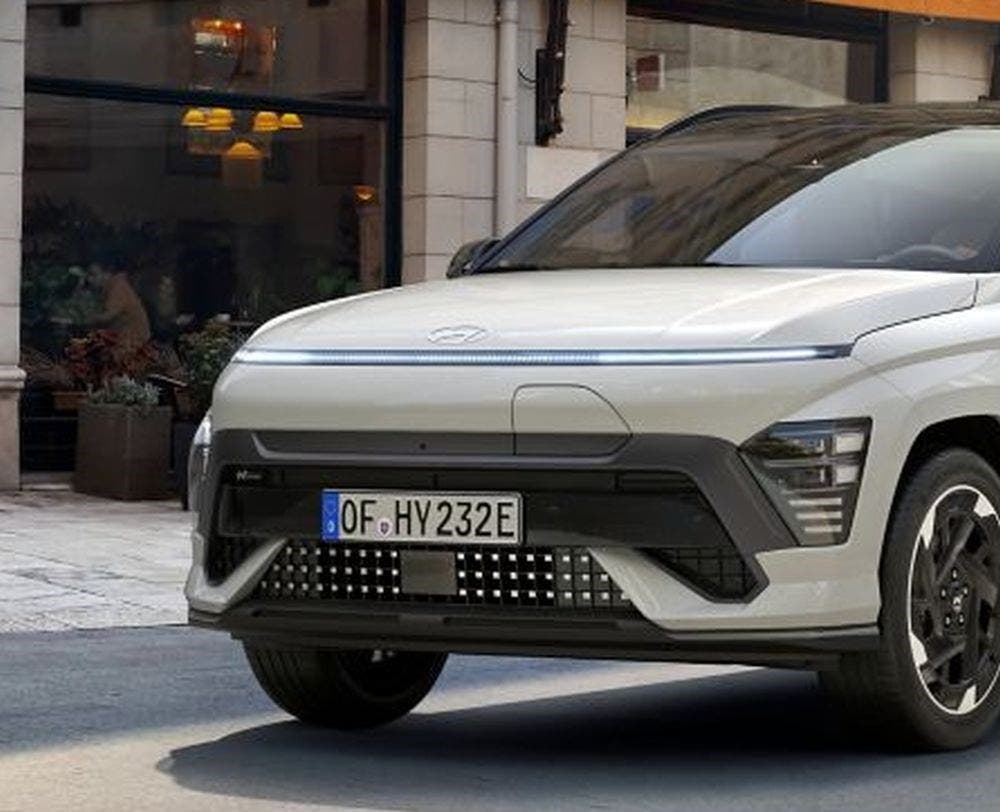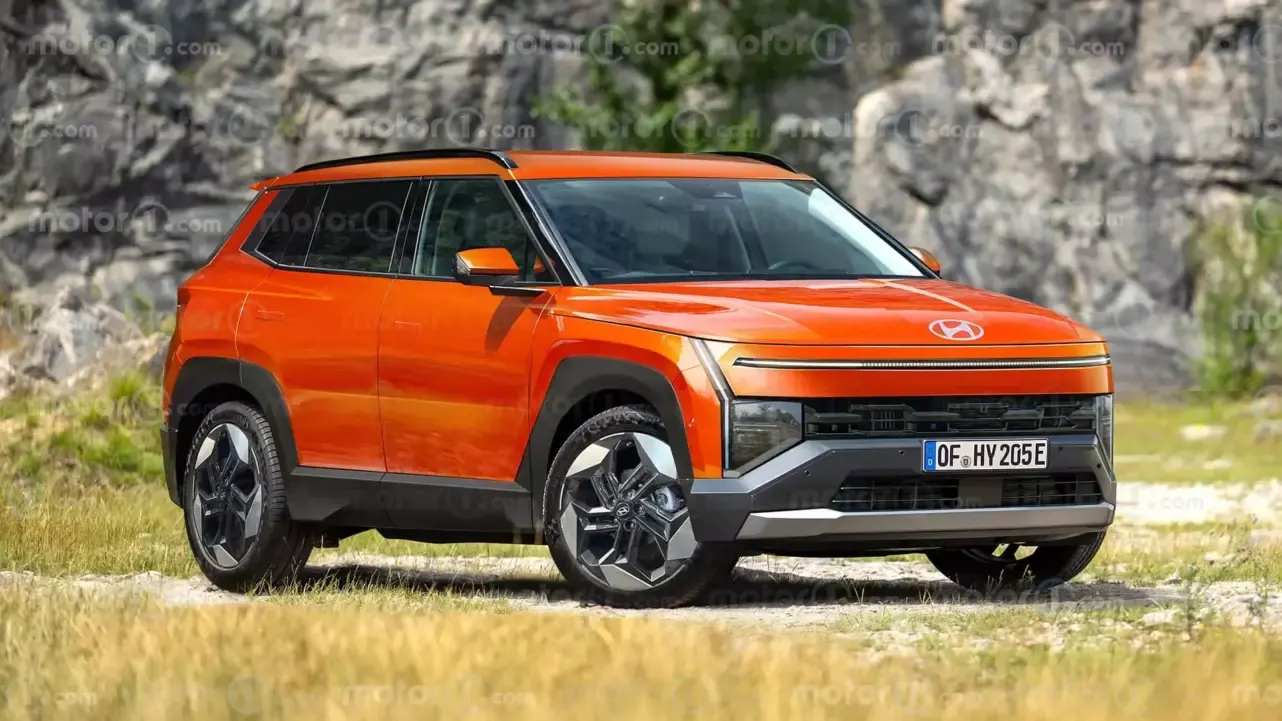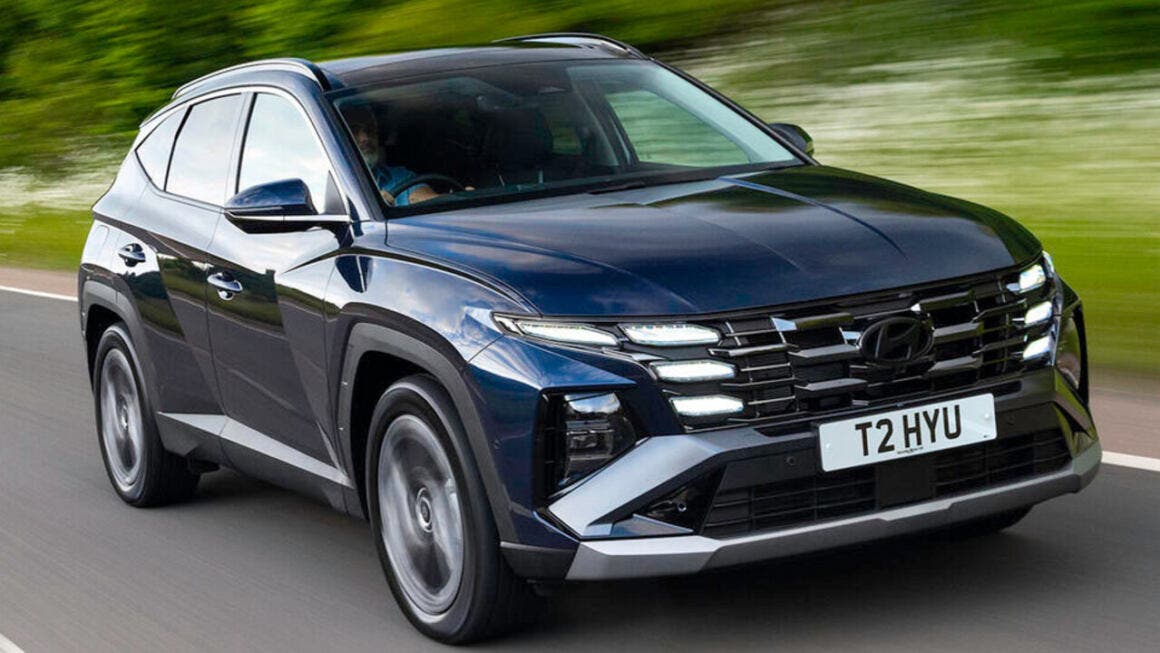The Hyundai Tucson is turning twenty this year, and to mark the milestone, the Korean automaker is preparing a radical makeover for its global best-seller. Despite the success of the current generation, Hyundai is taking risks with a bolder design and cutting-edge tech package, aiming for a substantial transformation rather than a conservative refresh.
The upcoming Tucson is expected to grow in size, particularly in the US, where a long-wheelbase version will enhance interior space. Its design will follow the sharper styling of the Santa Fe and Palisade, featuring blacked-out pillars for a floating roof effect and striking new lighting elements front and rear. Rumors even suggest a clamshell hood, adding more character to the SUV’s look.

Inside, the next Tucson will debut Hyundai’s new Pleos operating system, complete with the AI-powered “Gleo” voice assistant. Expect larger displays, advanced driver-assistance features, and enhanced safety tech. Hyundai will still keep some physical buttons for key functions, striking a balance between modernity and usability. Passenger space remains a priority, with more comfort in the second row and extra cargo room.
The biggest shift will be under the hood. Reports indicate Hyundai may drop gasoline-only engines altogether, focusing instead on hybrid and plug-in hybrid versions. The current 1.6-liter turbo hybrid with 231 HP will likely be replaced by the brand’s latest TMED-II hybrid system, seen in the new Palisade but adapted to a smaller layout. For the first time, a high-performance Tucson N is rumored, boasting over 295 HP and an electrified all-wheel-drive system.

The official debut is expected between late 2026 and 2027, likely launching first in Korea before reaching the US market. With the possible removal of a pure gasoline option, the starting price is set to rise, aligning Tucson with rivals like Toyota’s upcoming RAV4, which will also go hybrid-only. Now, Hyundai’s strategy signals a decisive step toward electrification.
